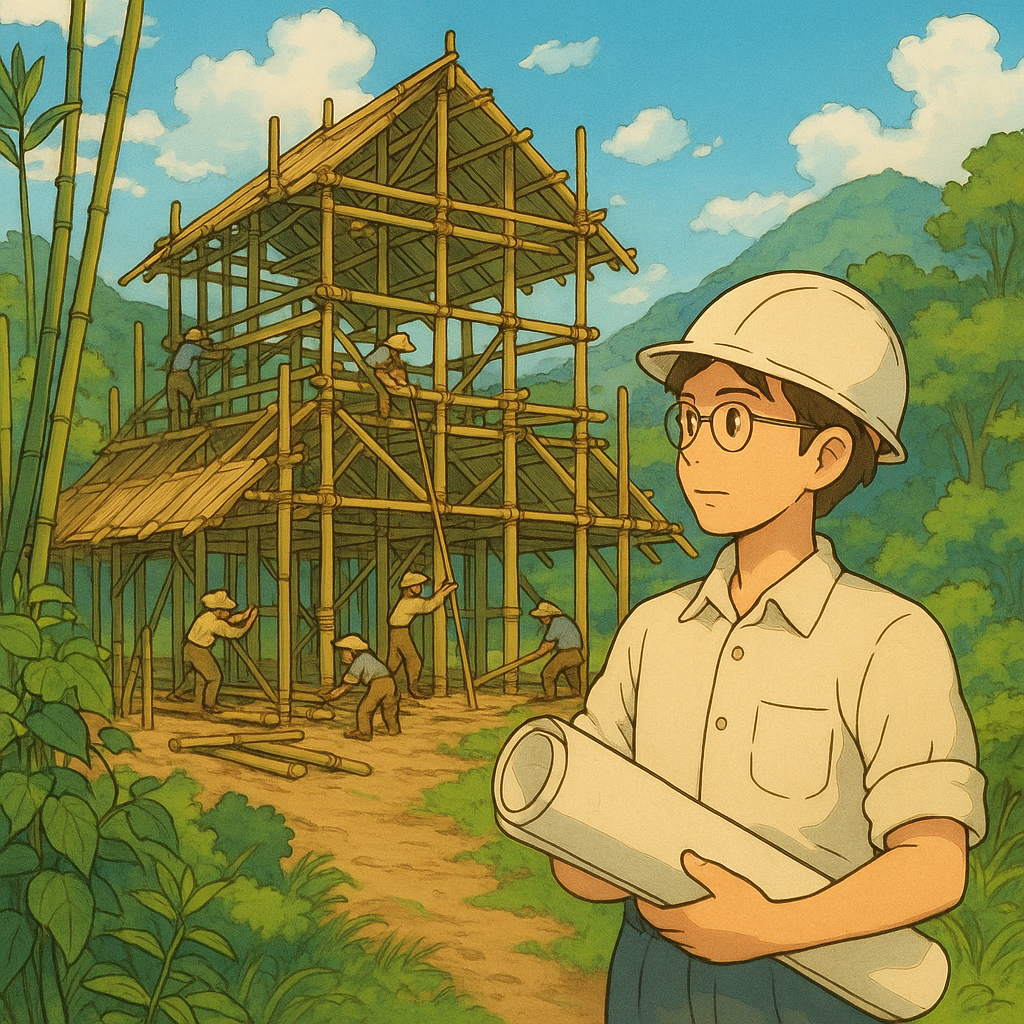Introduction: Why Pipe Rack Design is Critical in Oil & Gas Industry
In the complex world of the Oil and Gas industry, smooth operation depends heavily on well-designed infrastructure.
Among the most crucial components of any plant or refinery are the Pipe Racks — the backbone that supports pipelines, cables, and utility systems.
For today’s Civil and Structural Engineers, mastering Pipe Rack Design is no longer optional. It’s a career-defining, global opportunity skill.
This detailed guide will cover:
What is Pipe Rack Design?
Importance of Pipe Racks
Key Design Considerations
Industry Codes and Standards
Software Tools Used
Career Opportunities
How Precision Skills Can Help You Master Pipe Rack Design
What is Pipe Rack Design?
A Pipe Rack is a specially designed structure that provides continuous support for pipes, cable trays, and sometimes electrical conduits in industrial facilities.
These racks ensure the safe routing of process and utility pipelines across the plant, minimizing obstruction and maximizing maintenance accessibility.
Primary Functions of a Pipe Rack:
Supports multiple pipelines at different elevations.
Maintains required clearances for safety and inspection.
Carries loads from piping systems, cables, instruments, and utility lines.
Facilitates thermal expansion and seismic movement of pipelines.
Without strong, precise Pipe Rack design, any plant’s operational safety and efficiency would be compromised.
Importance of Pipe Rack Design in Oil and Gas Projects
Pipe Rack structures are essential because:
They organize and support critical utility and process systems.
They improve maintenance and inspection accessibility.
They reduce ground congestion, allowing free vehicular and personnel movement.
They ensure plant safety by maintaining proper clearances and pathways.
In massive plants like oil refineries, petrochemical complexes, and LNG terminals, hundreds of interconnected pipelines must be managed efficiently.
Thus, robust and optimized pipe rack design becomes absolutely vital.
Key Factors in Pipe Rack Design
Designing a Pipe Rack is a multi-disciplinary task involving careful planning and engineering judgement.
1. Load Calculations
Dead Loads: Self-weight of structure, pipes, insulation, valves, and fluids.
Live Loads: Maintenance personnel, temporary equipment, and miscellaneous loads.
Environmental Loads: Wind loads, seismic forces, snow loads, depending on the project’s location.
2. Spacing and Layout
Optimized pipe spacing ensures thermal movement without clashes.
Adequate vertical clearance between pipe layers and walkways.
Enough lateral spacing to accommodate pipe insulation and future expansion.
3. Structural Stability and Framing
Columns, beams, bracing, and foundations must be designed for ultimate strength.
Structural analysis must include redundancy and buckling checks.
4. Thermal Expansion
Expansion loops or sliding supports are used to manage thermal stresses without causing pipe or structure failure.
5. Material Selection
Usage of corrosion-resistant steels, galvanized finishes, or coatings depending on environmental exposure (offshore, desert, humid).
Industry Codes and Standards for Pipe Rack Design
Designing Pipe Racks requires strict adherence to international standards, such as:
| Code/Standard | Purpose |
|---|---|
| ASCE 7 | Load combinations and environmental loads |
| AISC Steel Manual | Steel structure design and detailing |
| API Standards | Specific Oil & Gas facility requirements |
| IS 800 (India) | General structural steel design |
| IS 456 (India) | Concrete design (if applicable) |
Compliance ensures safety, longevity, and regulatory approvals of your design.
Best Software Tools for Pipe Rack Design
Modern Pipe Rack designs are supported by advanced engineering software, making modeling, analysis, and documentation faster and more precise.
STAAD.Pro: Advanced structural analysis and design.
Tekla Structures: Detailed 3D modeling and fabrication drawings.
AutoCAD: Layout plans, general arrangement (GA) drawings.
Revit (BIM): For integrated modeling and clash detection.
Proficiency in these tools is considered essential for today’s structural engineers working in oil and gas projects.
Career Opportunities for Civil & Structural Engineers in Pipe Rack Design
Civil and Structural Engineers skilled in Pipe Rack design are highly sought-after globally.
Career paths include:
EPC Companies (Engineering, Procurement, Construction firms) like L&T, Technip, Fluor, Bechtel.
Oil Refineries and Petrochemical Plants (e.g., Shell, ExxonMobil, Reliance Industries).
Offshore Projects (e.g., Oil Rigs, FPSOs).
Consultancies specializing in industrial infrastructure design.
Multinational Engineering Firms working on greenfield and brownfield projects.
Salary packages and overseas project opportunities are significantly higher for engineers skilled in industrial structural design.
Why Choose Precision Skills for Learning Pipe Rack Design?
At Precision Skills, we believe in Industry-Focused Learning:
✅ Project-based practical training
✅ Real-world case studies from global Oil & Gas projects
✅ Focus on international codes and software tools
✅ Fast-track courses with expert mentorship
✅ Portfolio and Certification Support for career growth
Whether you are a student, fresh engineer, or a working professional looking to upgrade,
Precision Skills empowers you to become a globally employable structural designer.
Conclusion: Build Your Career with Pipe Rack Design Expertise
In 2025 and beyond, industries demand precision-driven engineers who are skilled not just academically, but practically too.
Mastering Pipe Rack Design opens up massive opportunities across the globe.
🌟 Start today. Learn faster. Build smarter. Grow higher.
👉 Watch our latest video here: [Insert YouTube Link]
👉 Join our specialized Pipe Rack Design training at Precision Skills.
Let’s build a stronger tomorrow — together!
FAQs
Q1. What is the purpose of a pipe rack in an oil and gas facility?
Pipe racks support process pipes, cables, and utilities in an organized, safe, and accessible manner.
Q2. Which software is used for pipe rack design?
Popular tools include STAAD.Pro, Tekla Structures, AutoCAD, and Revit.
Q3. What standards are followed in pipe rack design?
Designers follow ASCE 7, AISC Steel Manual, API standards, and IS 800/IS 456 in India.
Q4. Is pipe rack design a good career for civil engineers?
Yes! It offers strong career prospects, especially in the oil & gas, petrochemical, and energy sectors worldwide.
Keywords Targeted:
Pipe Rack Design
Oil and Gas Industry Engineering
Structural Design for Pipe Racks
STAAD Pro Pipe Rack Design
Tekla Structures Pipe Rack Modeling
Precision Skills Civil Courses
EPC Career for Civil Engineers
Oil and Gas Civil Engineering Jobs
Pipe Rack Layout Design
Industrial Structural Design

